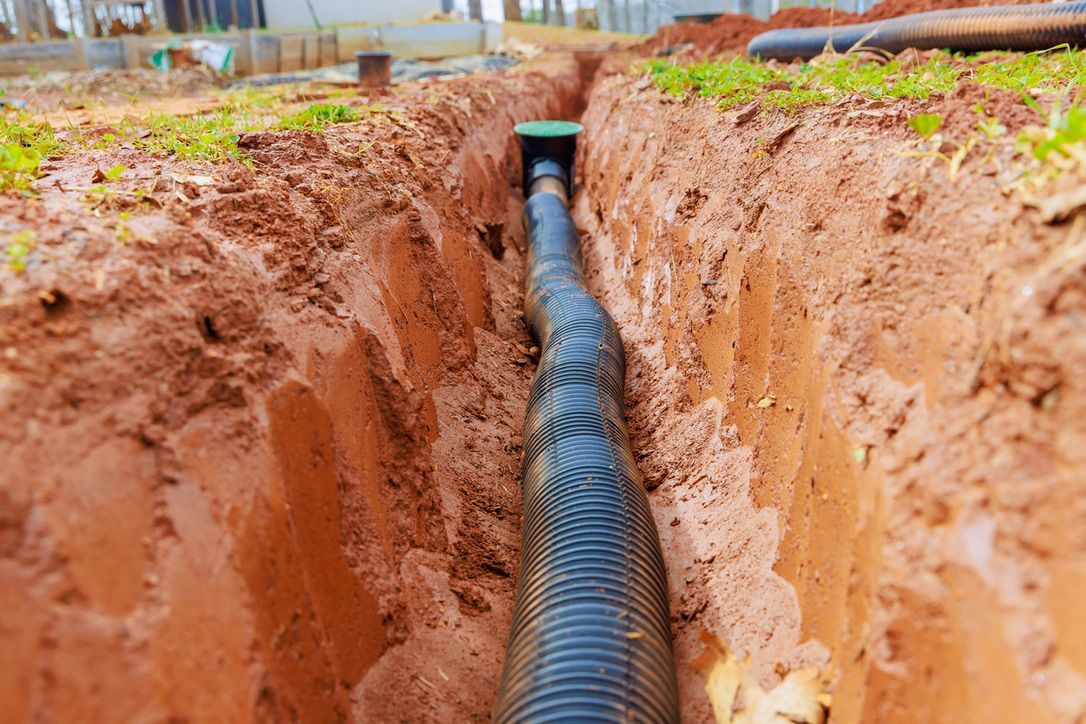1. Correct any grade issues
An uneven lawn can cause a variety of issues, including soil erosion and inaccessible areas. A retaining wall can help to minimize soil erosion while also providing a flat surface for plants to grow on. The top or bottom of a steep hill can be made more accessible by adding a footpath or stairs. A patio can help level off a sloping or lumpy lawn.
2. Increase privacy
Your entire yard can be made private with a fence or stone wall. You can also install a gazebo or pergola to create a quiet spot if you enjoy the open flow of your yard into your neighbor's yard.
3. Make more living space
Instead of being confined to your living room when the weather is great, outdoor kitchens, patios, fire pits, and outdoor seating may create spaces for entertaining guests—or just spending time alone—when the weather is nice.
4. Make improvements to your landscaping
Hardscaping adds a variety of textures to your space and contrasts with your plants. You can also use it to create focal points. Hardscape elements do not die in the winter.
5. Make your yard more functional.
Outdoor lighting, fire pits, and patios ensure that your yard is used until the early hours of the morning. With fire pits, you don't have to stop entertaining outside when it gets cold.
6. Control traffic.
Paths and sidewalks direct your visitors where they should walk so that they don't trample the grass you've spent so much time caring for.
7. Lower maintenance costs
Less grass implies more hardscaping. Because stones and concrete don't need to be chopped or watered, you can focus on enjoying your landscape rather than maintaining it.



